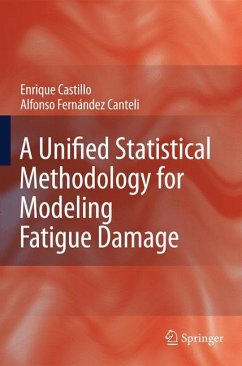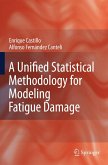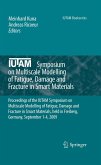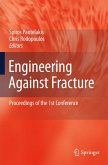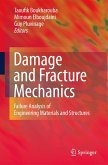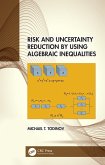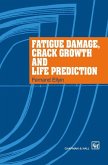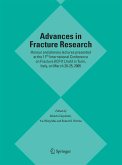This book is an attempt to provide a uni?ed methodology to derive models for fatigue life. This includes S-N, ?-N and crack propagation models. This is not a conventional book aimed at describing the fatigue fundamentals, but rather a book in which the basic models of the three main fatigue approaches, the stress-based, the strain-based and the fracture mechanics approaches, are contemplated from a novel and integrated point of view. On the other hand, as an alternative to the preferential attention paid to deterministic models based on the physical, phenomenological and empirical description of fatigue, their probabilistic nature is emphasized in this book, in which stochastic fatigue and crack growth models are presented. This book is the result of a long period of close collaborationbetween its two authors who, although of di?erent backgrounds, mathematical and mechanical, both have a strong sense of engineering with respect to the fatigue problem. When the authors of this book ?rst approached the fatigue ?eld in 1982 (twenty six years ago), they found the following scenario: 1. Linear, bilinear or trilinear models were frequently proposed by relevant laboratoriesandacademiccenterstoreproducetheW¨ ohler?eld. Thiswas the case of well known institutions, which justi?ed these models based on clientrequirementsorpreferences. Thisledtotheinclusionofsuchmodels and methods as, for example, the up-and-down, in standards and o?cial practical directives (ASTM, Euronorm, etc.), which have proved to be unfortunate.
From the reviews:
"This book provides a unified methodology to derive models for fatigue life. ... The book gives a new methodology to build-up fatigue models based on a practical knowledge of fatigue problems, combined with common sense, functional equations and statistical methods. ... Appendix presents a short description of classical and more recent fatigue models existing in the literature. The proposed models allow simple approaches to be implemented in a practical fatigue design, similar to those employed in current engineering standards."
(Razvan Raducanu, Zentralblatt MATH, Vol. 1161, 2009)
"This book provides a unified methodology to derive models for fatigue life. ... The book gives a new methodology to build-up fatigue models based on a practical knowledge of fatigue problems, combined with common sense, functional equations and statistical methods. ... Appendix presents a short description of classical and more recent fatigue models existing in the literature. The proposed models allow simple approaches to be implemented in a practical fatigue design, similar to those employed in current engineering standards."
(Razvan Raducanu, Zentralblatt MATH, Vol. 1161, 2009)

